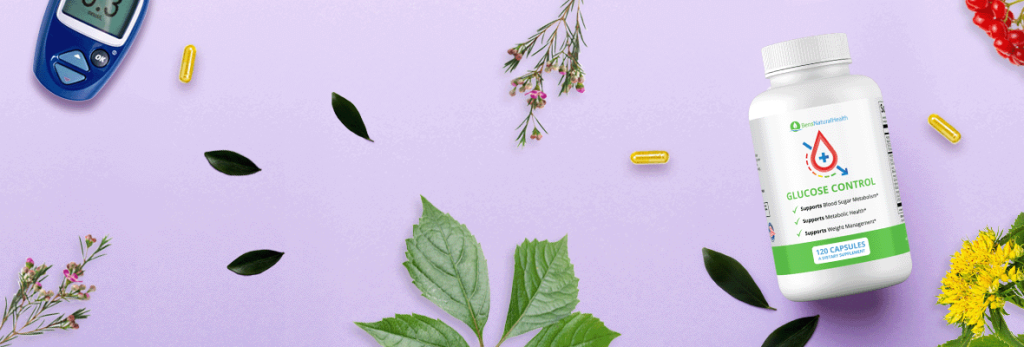- 6 Side Effects of Tradjenta (Linagliptin)
- 1) Nausea
- 2) Diarrhea
- 3) Upper Respiratory Tract Infection
- 4) Headaches
- 5) Hypoglycemia (Low Blood Sugar)
- 6) Skin Rash
- Do Tradjenta’s Side Effects Go Away & How Long Do They Last?
- How to Avoid Side Effects When Taking Tradjenta
- Is Tradjenta Hard on the Kidneys?
- Conclusion
- Source
If you or a loved one are considering or already taking Tradjenta, it’s important to be aware of its potential side effects and how to minimize their impact on your daily life.
Tradjenta (Linagliptin) is a commonly prescribed medication for managing diabetes.
While it is effective in helping to control blood sugar levels, like any medication, Linagliptin may come with some side effects.
In this article, we will look at the side effects of Tradjenta and how to manage them.
We’ll also address questions about whether these side effects go away and how long they might last.
6 Side Effects of Tradjenta (Linagliptin)
While Tradjenta’s side effects are generally manageable and mild, it’s essential to be well-informed about them to ensure your well-being.
1) Nausea
Nausea is a sensation of discomfort in the stomach, often leading to the urge to vomit.
While not everyone experiences nausea while taking Tradjenta, it can affect some people.
If you do experience nausea, it’s usually mild and temporary.
To help reduce nausea, try taking Tradjenta with food. This can help minimize stomach upset.
If the nausea persists or worsens, consult your healthcare provider.
2) Diarrhea
Diarrhea involves loose or watery stools and may accompany Tradjenta use in some cases.
Drinking plenty of water and staying hydrated can help manage diarrhea. Avoiding spicy or greasy foods might also be beneficial.
If diarrhea continues or becomes severe, consult your healthcare provider.
3) Upper Respiratory Tract Infection
Upper respiratory tract infections like the common cold can occur as a side effect of Tradjenta.
These infections are generally mild and resolve on their own.
Practicing good hygiene, such as washing your hands regularly and avoiding close contact with sick people, can help prevent such infections.
4) Headaches
Headaches are a common side effect of many medications, including Tradjenta. These are often mild and temporary.
Ensuring you are well-hydrated and getting enough rest can help alleviate headaches.
If your headaches persist, consult your healthcare provider for guidance.
5) Hypoglycemia (Low Blood Sugar)
Hypoglycemia is a potential side effect of Tradjenta, although it is less common.
This condition can result in symptoms such as shakiness, confusion, and dizziness.
To avoid hypoglycemia, be sure to follow your healthcare provider’s instructions regarding the proper use of Tradjenta and monitor your blood sugar levels regularly.
6) Skin Rash
Some people may develop skin rashes as a side effect of Tradjenta. These rashes can range from mild to severe.
If you notice any unusual skin changes or experience itching and discomfort, contact your healthcare provider promptly.
Get Your FREE Diabetes Diet Plan
- 15 foods to naturally lower blood sugar levels
- 3 day sample meal plan
- Designed exclusively by our nutritionist
Do Tradjenta’s Side Effects Go Away & How Long Do They Last?
The duration of Tradjenta side effects can vary from person to person. Some side effects, like mild nausea or headaches, may subside on their own within a few days to a couple of weeks as your body adjusts to the medication.
However, if you experience severe or persistent side effects, it’s essential to consult your healthcare provider.
They can assess your situation and determine whether a different treatment or dosage adjustment is necessary.
How to Avoid Side Effects When Taking Tradjenta
There are practical steps you can take to minimize the likelihood of experiencing side effects and make your treatment as comfortable as possible.
1) Take Tradjenta with Food
Taking Tradjenta with a meal can help reduce the likelihood of stomach-related side effects like nausea and diarrhea.
2) Stay Hydrated
Drinking an adequate amount of water is essential, especially if you experience side effects like headaches or dizziness.
3) Monitor Blood Sugar Levels
Regularly check your blood sugar levels to ensure they remain within the target range. This can help prevent hypoglycemia.
4) Good Hygiene
Practice good hygiene, including handwashing, to reduce the risk of upper respiratory tract infections.
5) Consult Your Healthcare Provider
If you have concerns about the side effects or are experiencing severe or persistent symptoms, contact your healthcare provider.
They can provide personalized guidance and, if necessary, make adjustments to your treatment plan.
6) Follow the Prescribed Dosage
It’s crucial to adhere to the dosage recommended by your healthcare provider.
Taking more or less than prescribed can increase the risk of side effects or reduce the medication’s effectiveness.
7) Be Mindful of Other Medications
Inform your healthcare provider about all the medications, including over-the-counter drugs and supplements, that you are taking.
Some medications may interact with Tradjenta, potentially causing side effects or reducing efficacy.
Your healthcare provider can help you manage these interactions.
8) Maintain a Healthy Lifestyle
A healthy lifestyle can complement your diabetes management and minimize side effects.
Regular exercise, a balanced diet, and managing stress can contribute to better overall health and may reduce the severity of side effects.
9) Report Allergic Reactions
If you suspect an allergic reaction to Tradjenta, such as skin rashes, swelling, or difficulty breathing, seek immediate medical attention.
Allergic reactions are rare but require prompt evaluation.
10) Inform Your Healthcare Provider of Kidney Issues
If you have kidney problems, ensure your healthcare provider is aware. They can adjust your treatment plan accordingly and monitor your kidney function while you are on Tradjenta.

Is Tradjenta Hard on the Kidneys?
In the latest 2022 FDA guidelines, Tradjenta has been generally considered safe for the kidneys. However, it’s crucial to understand that all medications, including Tradjenta, may affect each person differently.
If you have pre-existing kidney conditions, it’s essential to inform your healthcare provider.
They will consider your medical history and may adjust your treatment accordingly.
Conclusion
Like many medications, Tradjenta may have some side effects. The majority of these side effects are typically mild and short-lived, posing minimal disruption to your daily life.
If you ever encounter severe or persistent side effects that are causing you distress or discomfort, remember that your healthcare provider is your most reliable source of guidance.
They can offer personalized recommendations, including potential adjustments to your treatment plan, to ensure your diabetes management remains safe and effective.
Explore More








